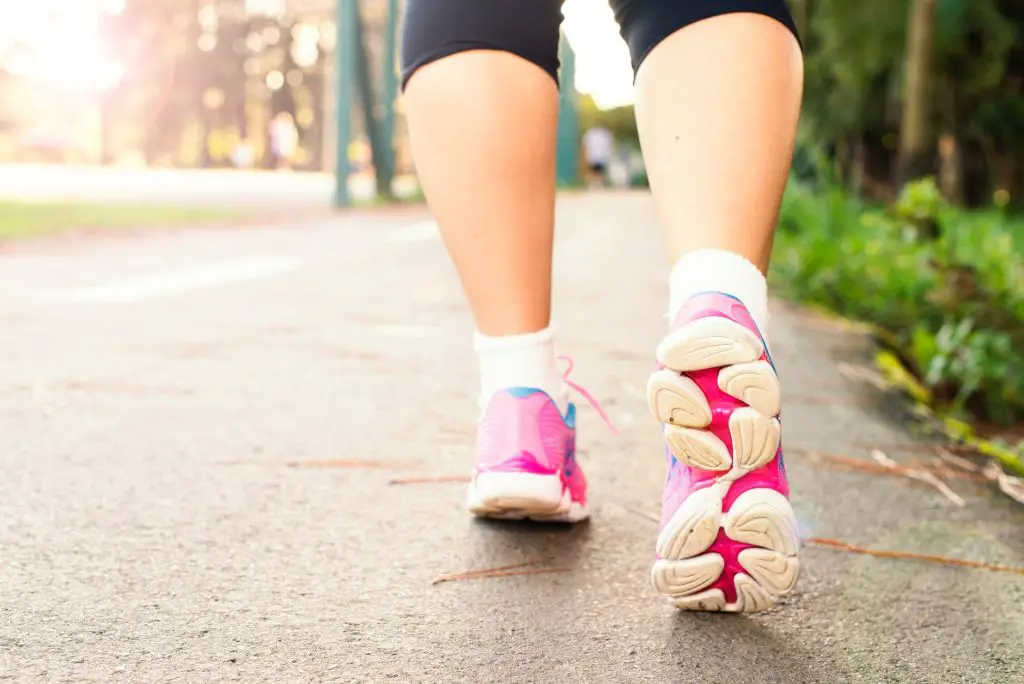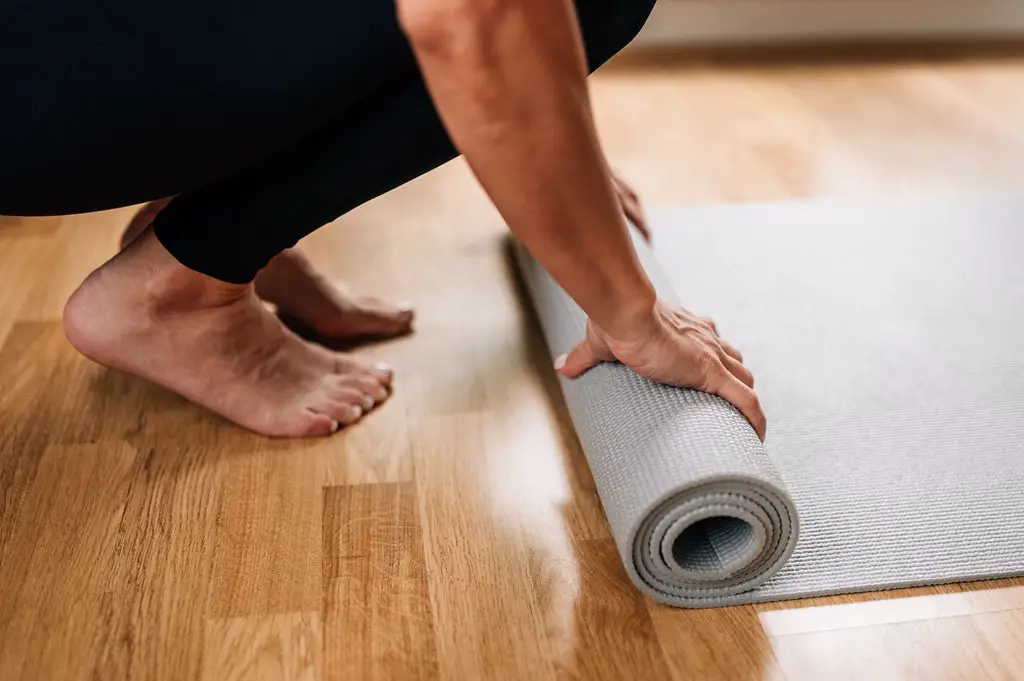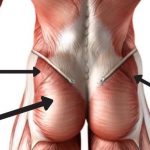Looking feel pain in the buttocks when you make a particular movement? Maybe it's a gluteus medius tendonitis. It is the gluteus medius muscle, it is part of the muscles of the pelvic girdle. When the tendon of this muscle is irritated, it is called gluteus medius tendonitis. This condition particularly affects athletes. Is it recommended to walk with gluteus medius tendonitis? We answer this question in this article.
Reminder on definitions and anatomy
Gluteus medius muscle: what is it?
The gluteus medius muscle, from its former name "gluteus medius muscle", is part of the muscles of the lower limb. More precisely, this muscle belongs to the family of the lateral muscles of the pelvic girdle. This powerful muscle has three main origins: the anterior superior iliac spine, the iliac crest and the gluteal fascia. It then continues downwards and ends on the greater trochanter of the femur by a powerful tendon.
The gluteus medius muscle is the main stabilizer of the pelvis.. When you lean on one leg, it stabilizes your hip. It also exerts a double rotation action: medial and lateral.
What about gluteus medius tendonitis?
La gluteus medius tendonitis means damage to the tendon of the gluteus minimus muscle, the one that binds to the upper part of the femur. It is a frequent pathology characterized by a sharp pain that originates from the inflamed tendon. The suffix “itis”, in medicine, generally means inflammation. Thus, tendonitis results in inflammation of the tendon of the gluteus minimus muscle.
What are the causes and symptoms of gluteus medius tendonitis?
The main causes of gluteus medius tendonitis
Tendonitis of the gluteus minimus mainly affects the athletes who work their legs like marathon runners or those who do high jumps. However, it can also be found in those who skate, ski or rollerblade. Following the intense efforts, the tendon of the small gluteus undergoes microtraumas which worsen progressively.
Fluoroquinolone antibiotics are also among the most common causes of gluteus medius tendonitis. Indeed, this drug has been proven to cause tendon ruptures.
On the other hand, the appearance of tendonitis of the gluteus medius can come from an underlying disease such as diabetes, autoimmune pathologies, rheumatoid disorders or scleroderma.
In addition, age is a risk factor for this pathology. This mostly affects women. Indeed, from an anatomical point of view, women have a larger pelvis than men. The tendon is more stretched in her.
And finally, there is smoking and being overweight which are likely to cause gluteus medius tendonitis.
Symptoms of this tendon inflammation
The tendonitis of the gluteus medius is manifested by a pain awakened when the muscle in question is solicited. This pain is localized especially at the level of the hip, the external and posterior face of the buttocks and the upper part of the thigh. Sometimes when the inflammation intensifies, the pain reverberates to the level of the leg and foot.
It is triggered when the person:
- performs flexion movements such as climbing stairs;
- practicing physical exercises and sports such as running;
- go upstairs ;
- stands for a long time;
- makes a wrong move;
- lie down on the side of the affected part. This position may even be impossible in case of severe pain.
Can you walk with gluteus medius tendonitis?
The gluteus medius tendonitis interferes with certain basic activities such as walking, standing and sitting. However, the person can still walk and move around, but every step causes pain.
Walking with gluteus medius tendonitis: the benefits
During the treatment of tendonitis, walking contributes to the healing of the disease, because:
- It helps to tone the buttocks;
- It strengthens the joints and stimulates several muscles at the same time;
- It helps to overcome the sedentary lifestyle which slows down recovery;
- It allows you to gradually resume sports activities.
And the Disadvantages
Walking can still be potentially harmful in some cases for the following reasons:
- in excess, it can cause muscle contractures and tensions which can delay healing;
- a long walk can cause inflammation of the tendons, which will aggravate the tendinopathy.
Should you rest in case of gluteus medius tendonitis?
On average, the Healing time for tendonitis is four to six weeks. During this period, the patient should limit the practice of intense sports such as running and jumping.
Our advice
We offer you these few tips for the steps:
- Include an hour of walking every day: you just need to walk calmly. You can practice it as a family, or by joining walking clubs;
- Stay well hydrated, because the lack of water can possibly weaken the tendons;
- Do not overload the muscle: you must avoid very high intensity activities;
- Wear the appropriate shoes: flat shoes or better, orthopedic shoes;
- Try to walk on suitable surfaces that will avoid overstraining the gluteus minimus tendon as much as possible.
- Consult a healthcare professional (such as a physiotherapist or physiotherapist) for appropriate care.
Alternative activities you can do
Swimming
Swimming is particularly beneficial for health, especially for the muscles. You can participate in an aquagym session. Water aerobics is beneficial for gluteus medius tendonitis because it strengthens your muscles. It also promotes tendon flexibility. Especially for the elderly, practicing it allows you to minimize the risk of injury.
The bike
The bike allows you to gently work the muscle in question (because there is less stress on the hip joint and the lower limbs in general). This activity thus contributes to strengthening the gluteal muscles in a safe and progressive way.
When the person pedals, they perform smooth and regular flexion movements. Thus, these movements will improve musculotendinous elasticity and circulation. However, it is best not to rush the muscle or force it by increasing the resistance excessively.
Therapeutic exercise
Kinesitherapy or physiotherapy consists of treating muscle or joint pain using different techniques. It is a kind of rehabilitation to restore mobility to the sick person. The physiotherapist treats motor disorders, but also several deficiencies in the muscles.
For the case of tendonitis, physiotherapy offers several methods that you must choose according to the level of complication of your disease:
- Deep massage: which consists of massaging the tendon tissues in order to reduce inflammation, restore elasticity to the tissues and rehabilitate the tendons;
- Cryotherapy: or cold therapy, consists of treating inflammation by thermal shock caused by contact with a very low temperature. This will reduce the pain;
- Radial shock wave therapy or SHOCKWAVE which consists of curing pain from waves. The waves will produce microlesions which will then reduce the inflammation;
- Electrotherapy: which uses low frequency electric currents as tea tools Stimulation by electricity will relax the tendons;
- Stretching or stretching which takes the form of stretching exercises for the various muscle fibres, in particular the tendon. It is a very effective treatment to be carried out at home and which does not require any equipment;
- Muscle strengthening exercises: recommended by the physiotherapist





